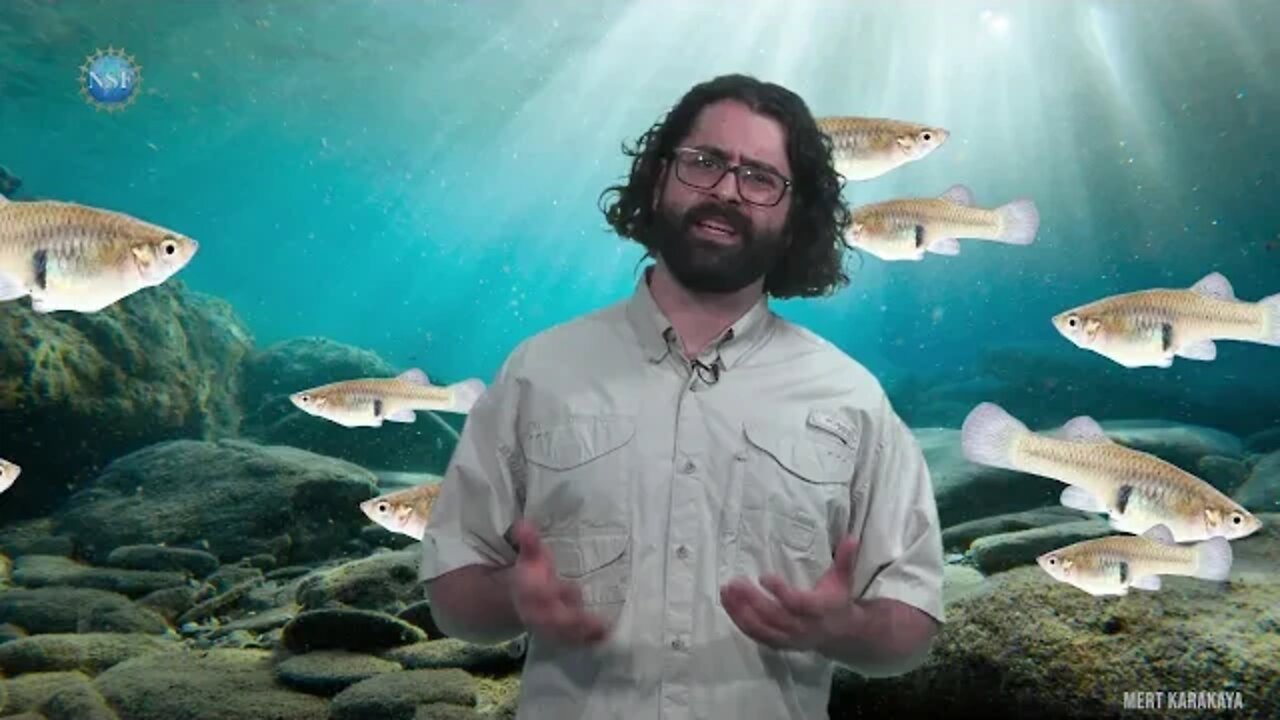Premium Only Content

Ancient shark in 3D, scary robofish, skin cancer answer, crops in deep water: 4 Awesome Discoveries
Ancient shark in 3-D, scary robofish, skin cancer answer, and crops in deep water. It’s 4 Awesome Discoveries You Probably Didn’t Hear About.
3-D reconstructions show how ancient sharks found an alternative way to feed
https://www.uchicagomedicine.org/fore...
University of Chicago
Brown University
University College Dublin
National Museum of Scotland, Edinburgh
Look out, invasive species: The robots are coming
https://engineering.nyu.edu/news/look...
New York University
University of Western Australia
Grains in the Rain
https://www.nsf.gov/discoveries/disc_...
University of California Riverside
University of California Davis
Emory University
National University of La Plata in Argentina
Utrecht University in the Netherlands
Stevens researchers to develop handheld device to diagnose skin cancer
https://www.stevens.edu/news/stevens-...
Stevens Institute of Technology
Hackensack University Medical Center
Transcript:
Look out! The robots are coming - for an invasive fish species that is. Mosquitofish are one of the world’s most problematic invaders in freshwater lakes and waterways. Researchers have developed a robotic fish able to mimic one of its main natural predators: largemouth bass. The lifelike silicone robofish swim around scaring and stressing the mosquitofish with targeted attacks, depleting their energy reserves. Lower reserves means less energy to devote to reproduction…and could lead to fewer mosquitofish in the future. Hello faux-bot bass, bye-bye invaders!
How did an ancient shark survive one of Earth’s big extinctions? Like most shark movies, this one’s better in 3D. Using computing tomography, or CT imaging, and 3-D tools, this team rebuilt a Tristychius shark from the Paleozoic Era and explored its biomechanics in a way that’s never been done before. “Tristy” evolved into a sophisticated suction feeder, snagging hard-to-capture food resources like burrowing prey, and about 50-million years before other fish did. The researchers say these new imaging methods are releasing a motherlode of data about fossils.
Rice can survive flooding like no other crop… at least not yet. Scientists compared the flooding response of rice with three plants… domesticated and wild tomatoes and this alfalfa-like legume. An unprecedented look at whether and how genes at the root tips activate under water. Turns out all four share genes activated in response to flooding, but rice response is better coordinated and more robust. They hope to take advantage of what they’ve learned to help activate flood resistance in other crops.
This new way to diagnose skin cancer could cut way back on the need for biopsies. Engineers are generating images of cancer hotspots using the same kind of shortwave rays used in cellphones and security scanners. The technology spots cancer just like a scanner spots your keys, and it’s as accurate as lab testing. The goal is to build a handheld device for instant diagnostics, reducing the need for biopsies. These handheld devices could even be placed in pharmacies for quick check-ups.
And there you go, see you next time with 4 more awesome discoveries, funded by NSF!
Brought to you by the National Science Foundation.
Subscribe and hit the bell, Over video 150 sources! Watch ad free, YouTube does refuses to monetize this channel !!!
My new Patreon page https://www.patreon.com/user?u=26453564
https://www.bitchute.com/channel/kurtelliott/
-
 13:25
13:25
Kurt's News
2 months agoCNN Host BUSTED Lying & Rewriting History on White SA Farmers
68 -
 1:24:56
1:24:56
Glenn Greenwald
5 hours agoGlenn Takes Your Questions on Tulsi's Russiagate Revelations, Columbia's $200M Settlement, and More | SYSTEM UPDATE #492
78.7K42 -
 LIVE
LIVE
megimu32
2 hours agoOTS: With Great Power: Every Spider-Man Movie Unmasked w/ @thisistheraygaming
119 watching -
 LIVE
LIVE
WickedVirtue
1 hour agoSailing w/ The Crew
61 watching -
 LIVE
LIVE
Meisters of Madness
4 hours agoThe Finals with Redd
96 watching -
 1:27:11
1:27:11
Omar Elattar
9 hours agoThe Dating Expert: "I've Helped 4,000 Men Find LOVE!" - The #1 Alpha Trait Women Secretly Crave!
9.41K -
 LIVE
LIVE
VOPUSARADIO
8 hours agoPOLITI-SHOCK! "END THE FED, END THE LIES & END THE DEEP STATE ONCE AND FOR ALL"!
145 watching -
 1:43:38
1:43:38
LumpyPotatoX2
4 hours agoRumble Creator Round-Table - Let's Talk About It
14.4K2 -
 32:38
32:38
The Mel K Show
7 hours agoMel K & Dr. James Thorp, MD | Sacrifice: The Targeting of the Most Vulnerable | 7-24-25
21.1K10 -
 1:12:41
1:12:41
Donald Trump Jr.
6 hours agoFrom Crypto to AI, There's a New American Energy Revival, Interviews with Asher Genoot & Sen McCormick | TRIGGERED Ep.261
148K52